Knowledge is Sales Power
Unlike animals, plants are not animated. They just sit there. They aren’t soft and fuzzy. You never see somebody run up and pet a beautiful pansy as they would a cute puppy. Except for scent, our primary relationship with them is a static visual. This explains the chief problem with the plant kingdom: There are very few means of making a plant memorable to human beings.
The key is to delve into the human connections to a plant. Yarrow is just another flower until you learn its human connection. This natural coagulant was carried with Roman legions as battlefield dressing. A medicinal value caused yarrow to be spread throughout the Empire. Know this, and you will remember yarrow forever. You’ll recognize it among other plants. Even someone who doesn’t know a thing about nature, plants or gardening will remember yarrow by its glorious history.
Getting The Story
Unfortunately, every plant doesn’t have a great historic legacy like yarrow. But while writing the history of every plant in the Monrovia catalog, I discovered there is a story behind every one. Liberty Hyde Bailey’s Manual of Cultivated Plants, first published in 1924 is an incredible reference that has lost its place behind Hortus Third. Yet the Manual contains a great deal of additional information if you read between the lines and take note of the copious abbreviations.
In the Manual is the list of authorities for the binomials, which are all the names of men and woman connected with discovery, taxonomy and classification of genera and species in the book. You will learn when and where these people lived, sometimes where they worked and occasionally even more interesting details. These are the unsung heroes of horticulture buried in the botany texts. But they are human beings, and their story is tied to the stories of so many plants.
You’ll discover the tug of war between the French taxonomists who classified plants discovered early on by Jesuits in China. These details conflicted with later English plant hunters for Kew and the Horticultural Society who reclassified the very same plants under their own names, sometimes a century later. Since we use English language texts, it is the English names that stuck. Yet you will find famous French names like Armand David, Adrien Franchet and Jean Delavay repeated so often in the literature it’s surprising they receive so little recognition.
The Manual will not only tell you a plant’s place of origin, sometimes there is a wild line or two about details of its discovery. Point of origin is important because it often explains the conditions to which it has adapted. For example, a plant that originates in South Africa will likely be naturally drought resistant. If it comes from Tibet it might be suited to high altitudes. Plants from the South Pacific are likely humidity lovers.
Many valuable references to the origin of the botanical names derived from either the Latin or Greek have been dropped in Hortus. Yet these give you more opportunities to educate the client. This can be key to their ability to remember the genus and species, which may sound quite foreign at first. But once you explain the root word, which may Á be quite familiar, and how it relates to some aspect of the plant, your customer will remember. After all, that is how we horticulturists learned Latin.
While this book is outdated in its classifications and some nomenclature, it is still a treasure trove of information you’ll find nowhere else. When your staff relates these “secrets” of a plant, it becomes more than just a tree, shrub or vine. It becomes a memorable human interest story.
Interpreting the Morphology
The term morphology relates to the form or structure of plants. The morphology of an iris includes the quality of strap-leaves or a tripartate flower. But morphology also describes roots, root structures, stems, seed pods, seeds and an assortment of special adaptations to their region of origin.
Pollen vectors are a perfect way to put morphological information to work. Explaining that Lonicera sempervirens bears scarlet tubular flowers precisely adapted for hummingbird beaks gives customers a way to appreciate this plant as more than just an ornamental vine. That the yucca flower is nictitrophic, changing at dusk to better receive a particular moth is noteworthy and makes the plant ideal for evening interest in gardens. In both these examples, morphology directly relates to wildlife, an area universally popular with most gardeners and homeowners.
Morphology also relates to how plants grow. Do not hesitate to show customers the roots of a plant to explain some nuance of its characteristics. This helps folks understand what kind of soil and water conditions it prefers in a highly visual way. You can also show the customers how a perennial clumps and identify growing points that indicate where they can be divided in the future.
See It, Hear It, Say It
My late mentor, Milton Sessions, used to say of plants, “If I see her, hear her name and write it down… I know her.” When you explain morphological characteristics to your customers you are helping them truly see a plant. This is much like learning nuances of art appreciation and how it influences the way you view a painting.
My current mentor, Clark Moorten is introducing me to his specialized world of cacti, which is peopled with many genera new to my botanical vocabulary. It is invaluable to hear his practiced tongue articulate the name of a plant so I can “hear her name” in proper pronunciation. This is vital to the memorization process. Even if I don’t remember how to say it off hand, when I read about that genus in a book my mind recognizes its pronunciation.
To illustrate how important this audio connection can be I reach far back to the stone age of my botanical education nearly thirty years ago. In my personal study, I continued to run across a plant in texts that I assumed was clearly said “cotton Easter,” just as it was spelled. In class I would hear the instructor refer to Cotoneaster. It was a long time until I realized they were the same plant.
Writing the name of a plant gives your brain a picture of how it looks in print. For visual customers this can be crucial. If writing isn’t convenient, be sure they have a plant tag that shows the written name of the plant in full, preferably common and botanical.
The chief thing that enables gardeners is the ability to identify and name plants. This is achieved one plant at a time. To them a list of butterfly plants can be daunting. One new butterfly plant is manageable. Customers will know few plants, if any, and will greatly appreciate any staff efforts to expand their knowledge. If your customer learns one new name each time they shop with you, they will consider it more than a mere retail experience, it will become an educational one too.
The Anecdote
Each garden center employee will bring a different set of experiences to the table. Their experiences, particularly when based upon situations unique to local conditions, are perhaps the most valuable sales tools you have. There is the essence of believability in such anecdotes, because they are coming from real people dealing with real garden issues. And when these issues are connected to local problems bad soils, challenging seasonal weather, planting times and watering the customer will remember far better than if they read it from a fact sheet or gardening book.
Encourage this kind of open sharing from sales staff to customer. It is a valuable tool for convincing customers that the staff are indeed real gardeners. This will draw a striking contrast between your folks and chain store workers who may have little to no real field experience. Gardeners and wanna-be gardeners are big on sharing their discoveries and failures, much like young parents share their experiences in child-raising challenges. Encourage such intimate conversation, because it’s how we make friends with customers and ultimately create a sense of community.
Educate The Staff
The greatest thing about horticulture is that the learning never stops. There is no way you’ll know everything about all plants. The vegetable kingdom is simply too vast. Frankly, that’s what keeps me in the game: It can never be wholly mastered.
The new trend in patented plants and trade names is adding more new varieties to the market place than ever before. This is because it is finally economically rewarding to breed and introduce new plants. That sector alone is growing so fast that your sales people will need ongoing educational updates to keep abreast of new introductions.
Encourage your staff to read publicity materials on the new plants. Make it worth their while to attend trade shows. Let them surf the Internet for new ideas and plant news they can share with the customers. Join clubs and societies. Stay up with the USDA and the progress of invasives and imported diseases. Become a clearing house for knowledge, and your customers will sense it.
Knowledge is power. The more your staff knows, the better they are empowered to share it with customers who will buy on their recommendations. Never underestimate the power of some obscure factoid to bring a plant alive. Just ask the folks at the Huntington Botanical Garden who shocked the world when record crowds of gardeners and non-gardeners alike came to see the blooming of their Amorphophallus titanum.

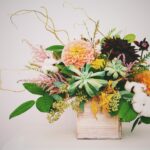



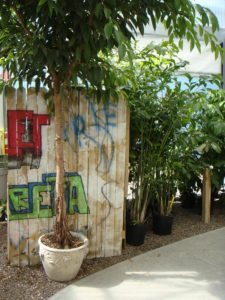
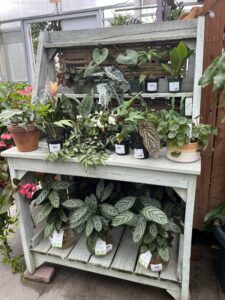
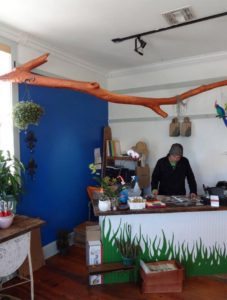

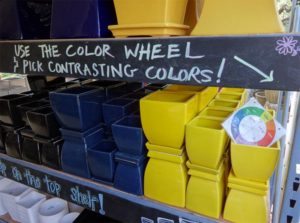

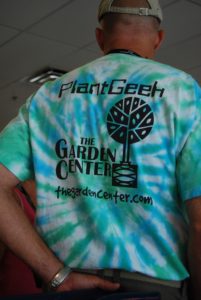
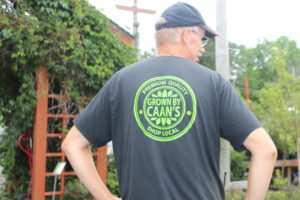
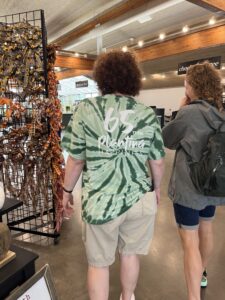
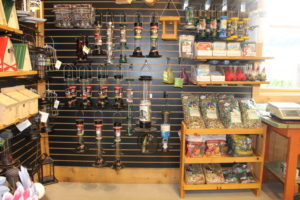
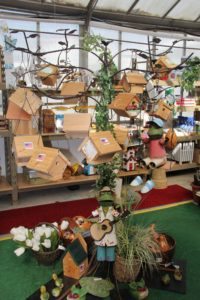

 Videos
Videos





